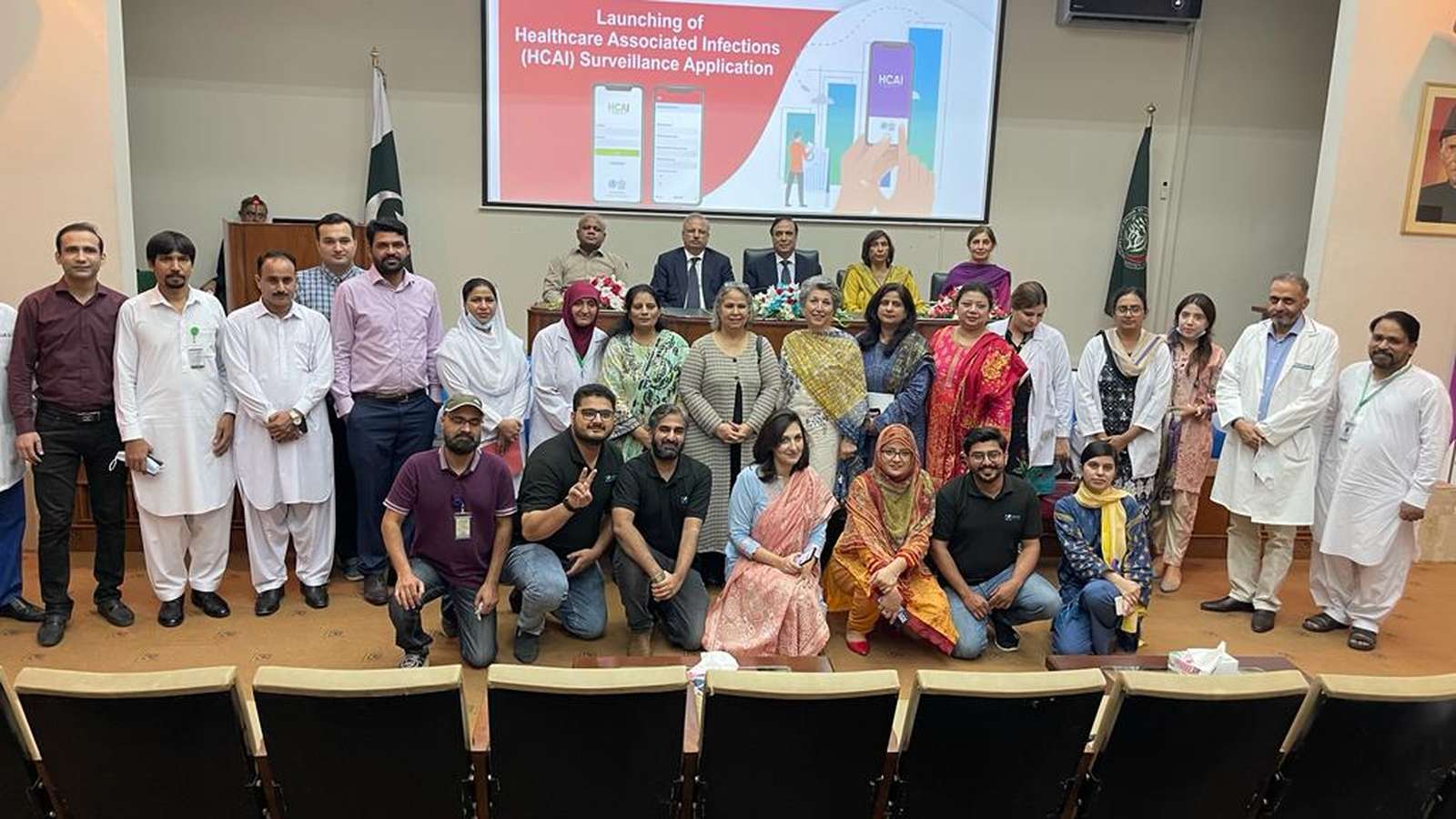
It started with the freezing breeze of December, back in 2021, when folks from leading healthcare institutions of Pakistan, sponsoring organizations, and a group of civic tech enthusiasts came together to discuss a recurring medical issue - healthcare-associated infections (HCAIs). HCAIs are infections that patients contract during treatment procedures at hospitals and can be detrimental to their health.
With COVID-19 at its peak, the HCAIs occurrence rate had increased manifold, an alarming situation for healthcare professionals and the affected patients. According to official reports, every year, out of every 17 patients infected with HCAIs, one is fatal to patient health.
After careful planning and numerous discussions, all the stakeholders agreed to record the instances of Surgical Site Infections (SSIs), a type of HCAI, in the pilot phase. The Engineering and Technology team of Code for Pakistan (CfP), led by our Director of Technology Ali Raza, initiated the development of a mobile application from scratch that would record data and have a comprehensive dashboard that can analyze trends and patterns within the healthcare-associated infection rate.
This is where I stepped in, a fresh start to my year!
After meeting with Dr. Shagufta Hussain, Member of the Board of Governors at PIMS, IPC Consultant at WHO Pakistan and Dr. Nasim Akhtar, Assistant Professor and HoD Department of Infectious Diseases, IPC Lead at PIMS, the first challenge I faced was understanding medical terms and taxonomy. Pakistan’s Center for Disease Control and Prevention has published a comprehensive structure that details every aspect of the inpatient experience that may create or affect surgical site infection (SSI). Thus, my first few weeks were spent with Dr. Nasim and Dr. Shagufta to further break down SSI into three components, and identify the most common symptoms to help the surgeons and nurses distinguish between an SSI and non-SSI infection.
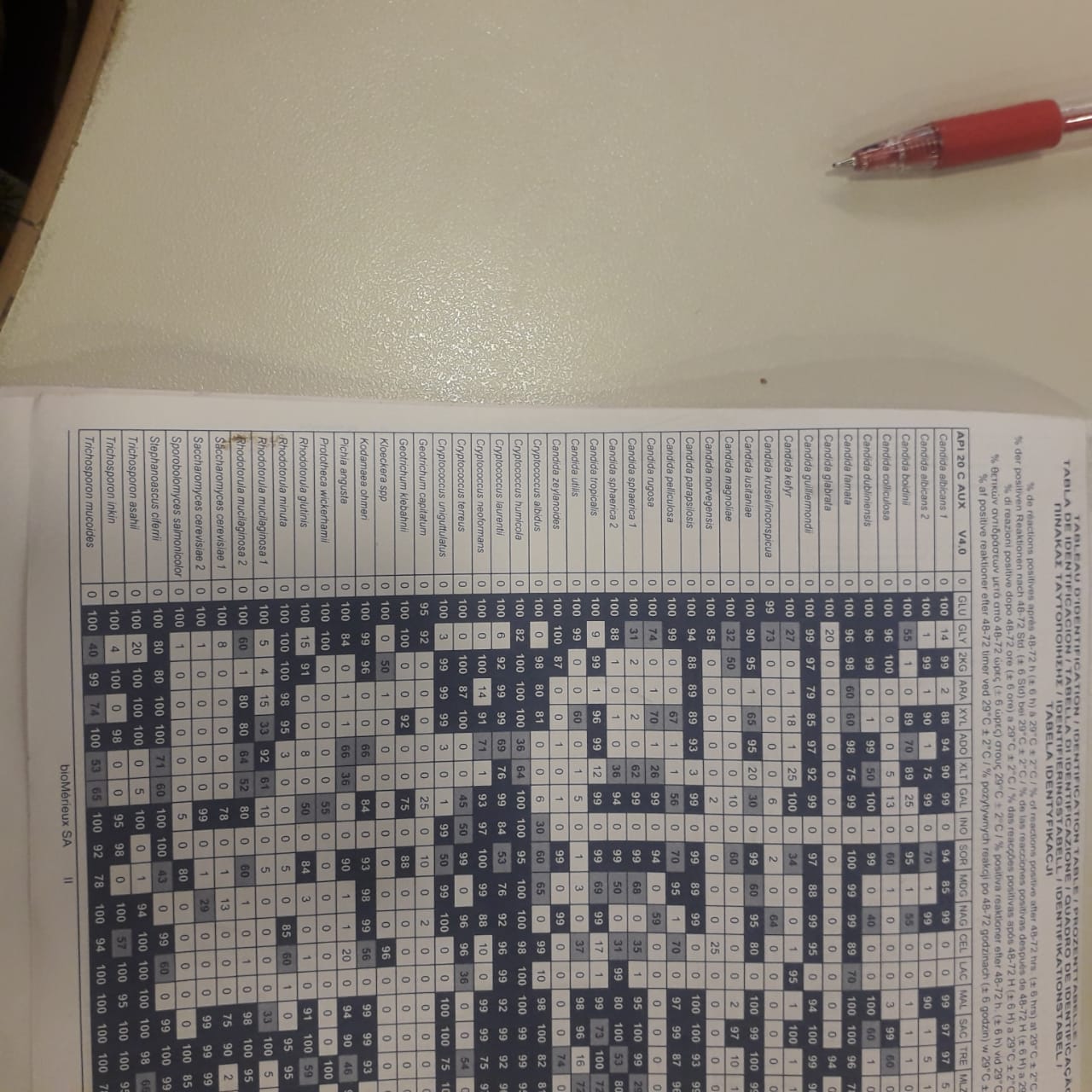
After careful evaluations of the symptoms, the next step involved handing over the information to CfP’s Engineering & Technology team to translate them into a digital solution. Tooba Waqar and Hassan bin Masham, two very committed and highly skilled volunteers of CfP, stepped in to develop what is probably the most user-friendly interface of the health tech application. Simultaneously, our own “dev cheetah,” Mubassir Hayat, spent day and night developing a dynamic application so intuitive that even a non-techie like myself could easily configure it at the data field level, whereas, our full-stack engineer Muhammad Sohail, working with Mubassir, spent endless hours pushing the contents to the server. Hassan Mehmood, a data expert, was busy developing a dashboard that displayed an extensive array of trends that would help the medical analysts and decision-makers identify the level of infections caused within the healthcare premises. This would lead to the documentation and enforcement of enhanced SOPs necessary to help combat the ever-increasing rate of Surgical Site Infections (SSIs).

Throughout this exercise, Ali was overseeing the tech team’s development and helping us efficiently translate medical requirements into their counterpart fields on the app.
While this was happening, I found myself caught between two contrasting worlds: medical practitioners and tech enthusiasts, often considered irreconcilable rivals. As a Program Coordinator and Business Analyst, I was there to bridge the gap between the two. My days were a whirlwind as I dashed between doctors, nurses, and tech geniuses. My role was clear: decipher their needs, navigate limitations, and unlock access to the groundbreaking alpha version of the HCAI Surveillance Application.
Meanwhile, we tested a newly released version of the application, for both iOS and Android users in our daily stand-up call.
After six months of very hard work by all the participants, we released the beta version of the application. On the 11th of June, 2022 Code for Pakistan delivered training on the HCAI app to the doctors and nurses of The Pakistan Institute of Medical Sciences (PIMS). The training was attended by approximately 30 medical professionals and it laid the foundation for sustainable process and data management.
During this entire period, Dr. Farah Sabih, National Professional Officer IHR/AMR and Dr. Alia Zafar, Technical Officer AMR/AMC Surveillance from WHO Pakistan made sure to lend advisory support whenever needed. They had been working tirelessly to identify a mechanism to report the HCAIs on both national and global levels. The HCAI Surveillance Application provides them with the perfect platform to not only identify the number of cases occurring in healthcare facilities but also enables them to take prompt action based on the real-time analytics that the HCAI Surveillance Dashboard provides.
Finally on August 18, 2022, after endless user testing post-release of the beta version, the HCAI Surveillance application was published on Google Play Store and Apple Store. The most notable feature of the HCAI Surveillance Application is that the SSI form can be replicated and extended so that the system can cater to other HCAIs as well. The application also ensures that patient data is collected within international privacy protocols and is reposited securely within relevant protocols.

The HCAI Surveillance Application was officially launched on August 24th, 2022 by Dr. Palitha Mahipala, World Health Organization Representative to Pakistan at the Pakistan Institute of Medical Sciences (PMI).
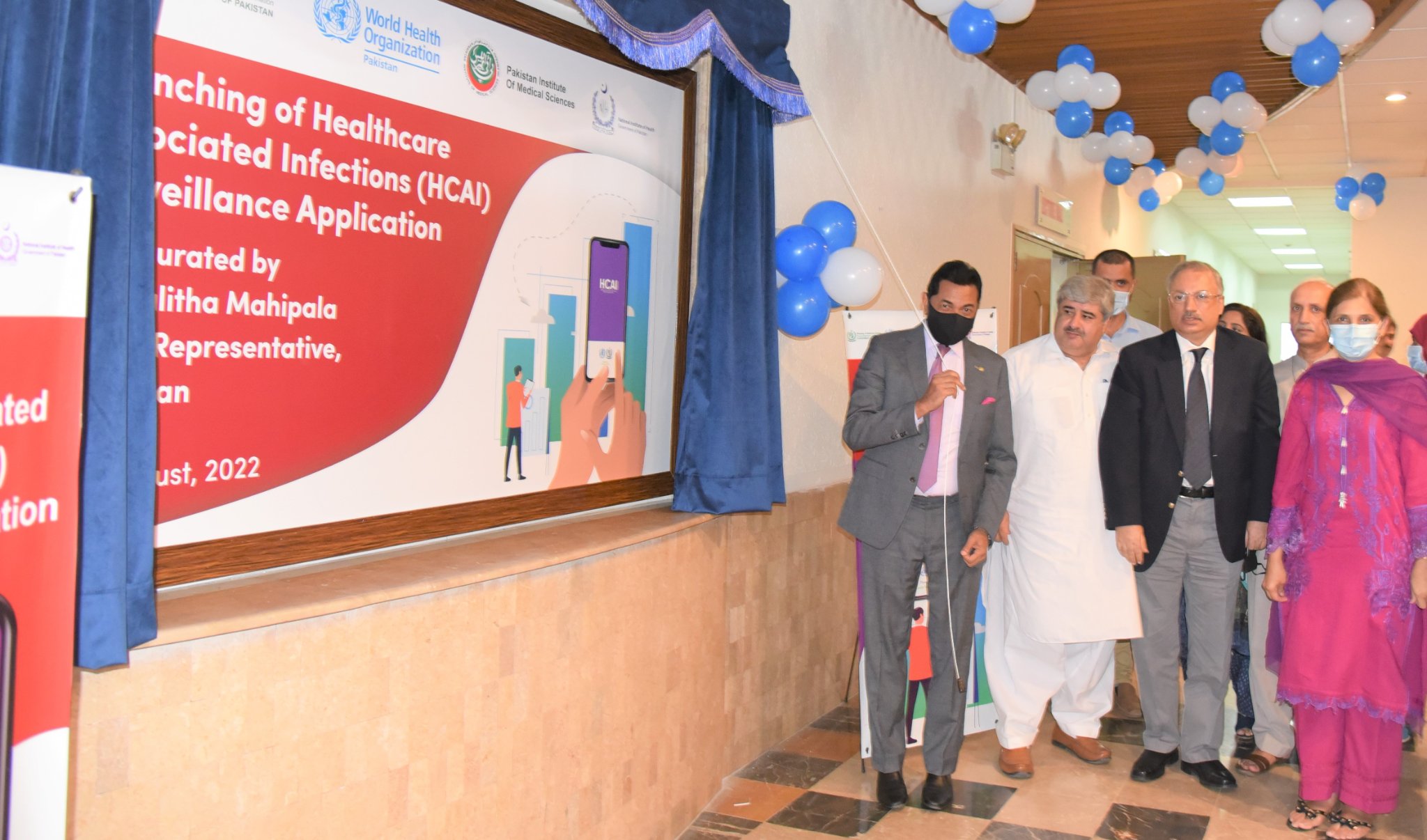
“It is the first time that an HCAI application has been launched in a public sector healthcare facility in Pakistan. The implementation is piloted in PIMS and will be evaluated after 3-6 months for potential upscaling to more public sector hospitals.” remarked the WHO Pakistan Representative. He further added that this initiative is a unique effort that can also be replicated by other healthcare facilities, both- nationally and globally. He shared his appreciation by showing interest in championing the HCAI Surveillance Application once the pilot is successfully completed.
The event was attended by notable professionals from the health sector, and the first-of-its-kind initiative across Pakistan was hugely applauded by the attendees.
Currently, the HCAI Surveillance Application is functional in Gynecology & Obstetrics and Pediatrics departments at PIMS. Twenty-five healthcare practitioners are actively using the data and over 180 data points have been identified in the last ten months. The app is also expected to be piloted at Bacha Khan Medical Complex in the coming days.
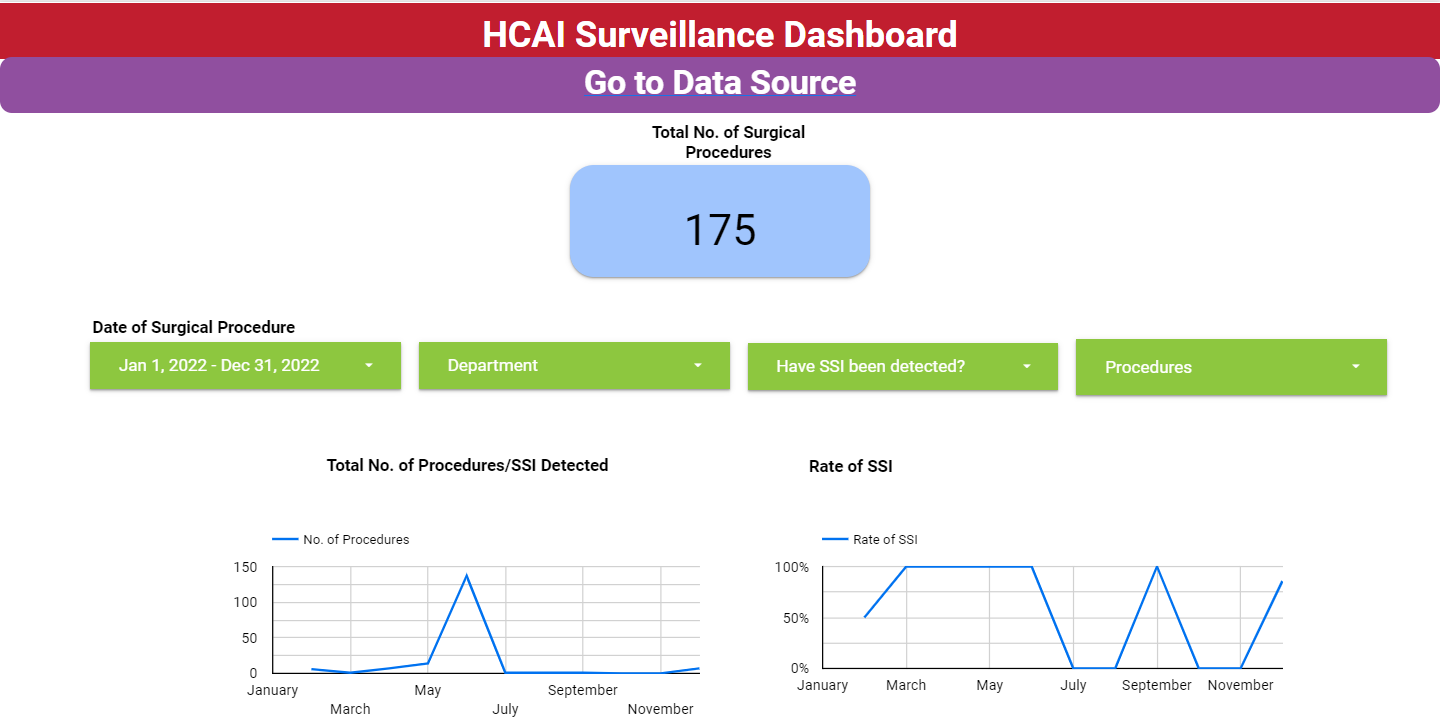
In the second cycle, we are currently working on actively monitoring and surveying the other types of HCAI, starting with CAUTI, to provide the healthcare management bodies with an overview of the rate at which HCAIs are spreading and to enable them to take prompt action in minimizing their occurrence. We are further working on conducting an impact assessment of the value created by the HCAI Surveillance Application through a comprehensive evaluation study and publishing a case study to highlight its role in identifying the HCAIs’ rate as well as designing medical preventions to reduce their frequency of happening in the first place.
We have been focusing on understanding the positive effects of the HCAI Surveillance Application. We want to see how it helps find and prevent healthcare infections. To do this, we will carefully study its impact and create a case study to explain its role. Our aim is to use this knowledge to decrease the occurrence of infections and keep people healthier.
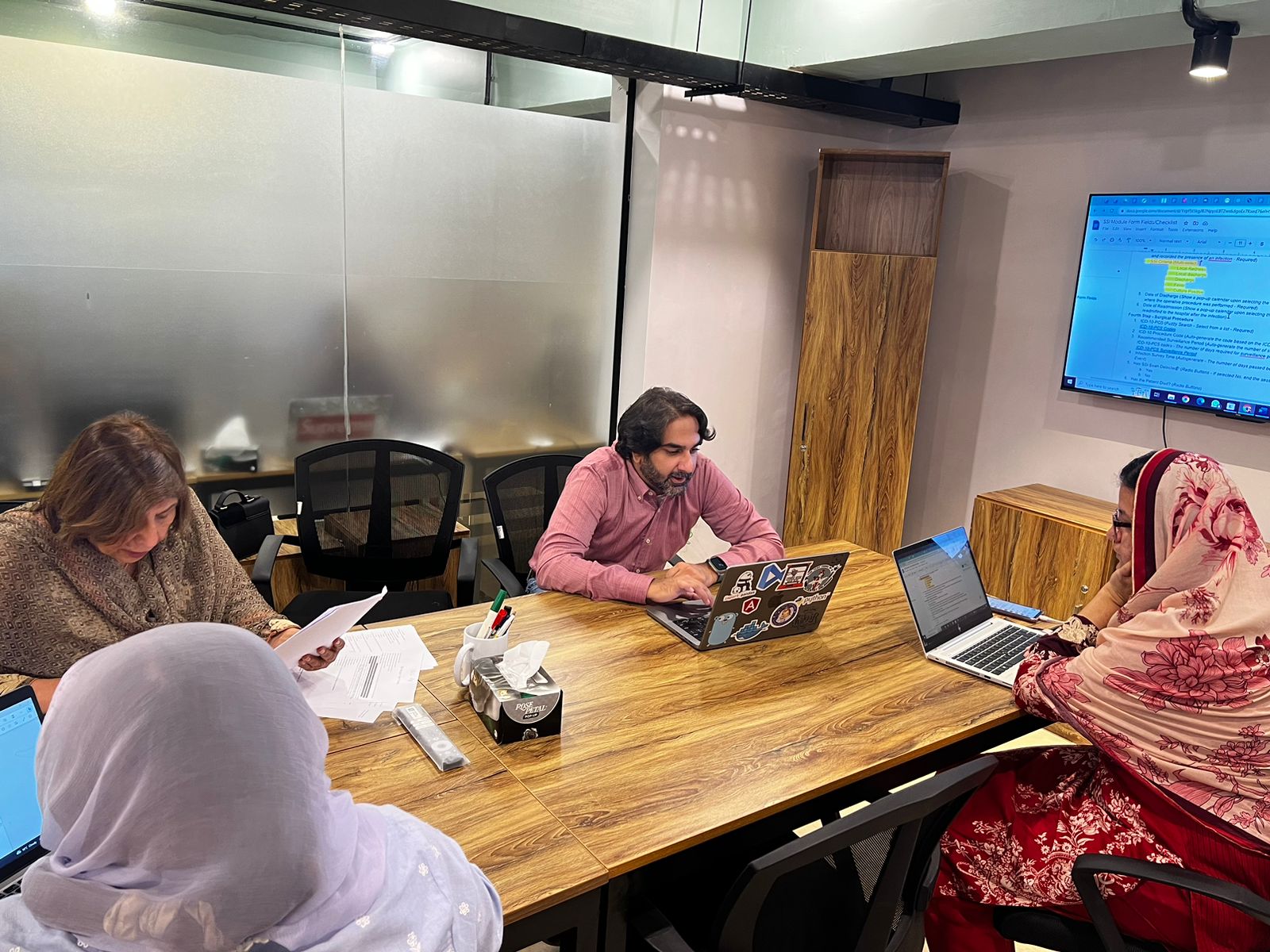
During this time, my little one has been the witness accompanying me to all the meetings, trainings, and launch day as we progressed with the development of the HCAI Surveillance Application. He has been an equal contributor to the development of the HCAI Surveillance Application, cheering his Mama up and lending Mama sweet support to make all of this happen. I’d also like to appreciate the help provided by Dr. Nasim as she made sure to provide my little one with a space while Mama was busy managing the development of the HCAI Application.